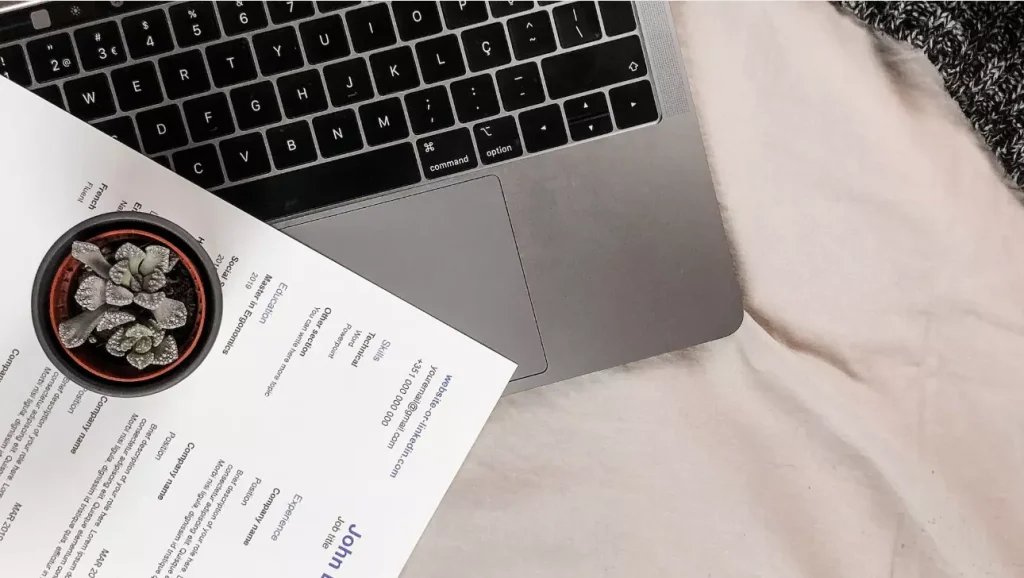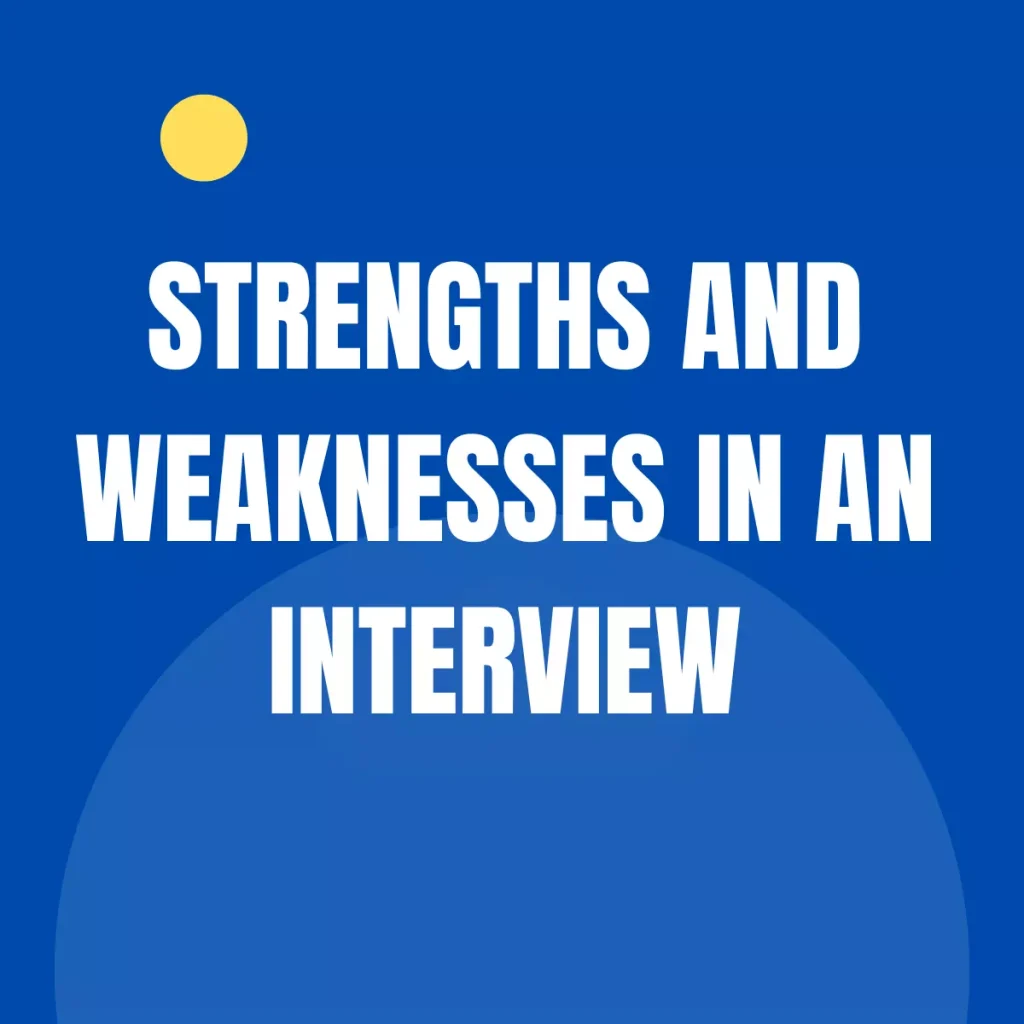Introduction:
In today’s gig economy where freelancing and contract work are becoming increasingly popular, having a powerful and well-crafted resume is crucial for creative professionals. Whether you are a graphic designer, writer, photographer, or any other type of creative, your resume is often the first impression you make on potential clients or employers. In this blog post, we will explore the unique challenges and considerations involved in resume writing for the creative gig economy.
10 FAQs about Resume Writing for the Creative Gig Economy:
1. How should I structure my resume as a creative professional?
As a creative professional, you have the flexibility to showcase your skills and work experience through different formats. Consider using a functional resume that highlights your skills and achievements rather than a traditional chronological resume.
2. Is it necessary to include a resume objective or summary?
Yes, including a concise objective or summary at the beginning of your resume can help employers quickly understand what you bring to the table. Make it engaging and tailored to the specific gig or job you are applying for.
3. Can I include my freelance or project-based work on my resume?
Absolutely! In fact, highlighting your freelance or project-based work is essential in the creative gig economy. Include a section dedicated to these experiences and emphasize the skills and outcomes you achieved.
4. How should I showcase my creative portfolio on my resume?
Consider including a link to your creative portfolio in your resume. You can mention it in your contact information or create a separate section specifically for your portfolio.
5. Should I include all my creative skills on my resume?
While it’s important to highlight your key creative skills, it’s best to focus on those that are most relevant to the gig or job you are applying for. Tailor your skills section to match the needs of the role.
6. What should I do if I have gaps in my employment history?
Gaps in employment are common in the gig economy. Be transparent about your freelance work during these periods and highlight the projects you worked on. Emphasize the transferrable skills and experiences gained during those gaps.
7. How long should my resume be?
A resume for the creative gig economy should be concise while still showcasing your skills and experience. Aim for a one or two-page resume, avoiding unnecessary filler content.
8. Is it necessary to include references on my resume?
It’s not necessary to include references on your resume. Instead, provide a separate reference sheet that can be shared upon request. Focus on making a strong impression with your skills and experience.
9. Can I use a creative resume template or design?
Yes, using a creative resume template or design can help you stand out in a competitive job market. However, ensure that the design is professional and clean, and doesn’t overshadow the content of your resume.
10. Should I tailor my resume for every gig or job application?
Yes, tailoring your resume is crucial in the gig economy. Take the time to research each gig or job and customize your resume to highlight the skills and experiences that align with the specific requirements of each opportunity.
Conclusion:
Resume writing for the creative gig economy requires a unique approach due to the nature of freelance work and the need to showcase creative skills and experiences. By following these FAQs and considering the specific needs of each gig or job, you can create a powerful resume that impresses potential clients or employers and helps you stand out in the competitive creative industry. Remember to always highlight relevant projects, skills, and achievements, and tailor your resume to the specific requirements of each opportunity.




